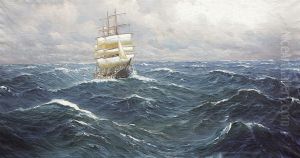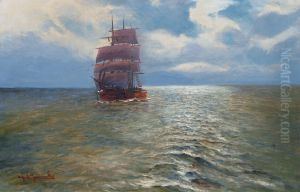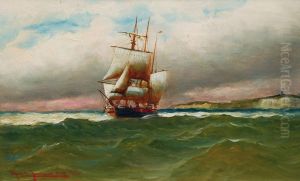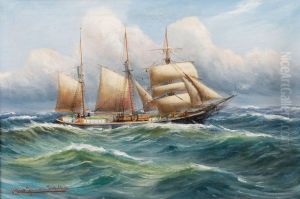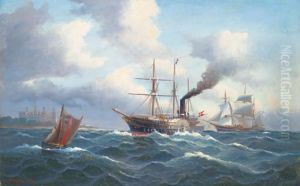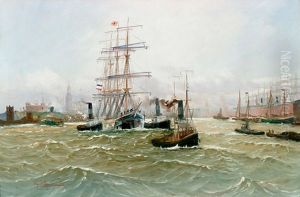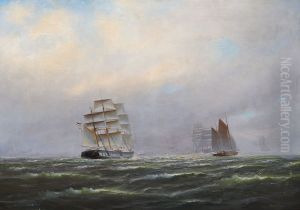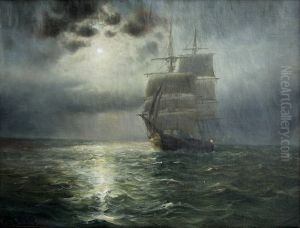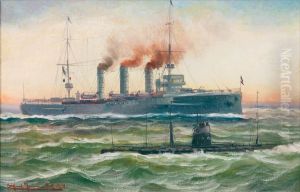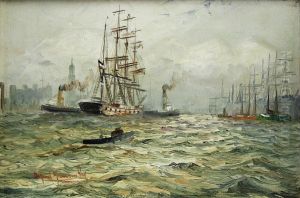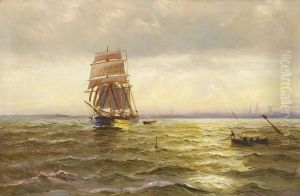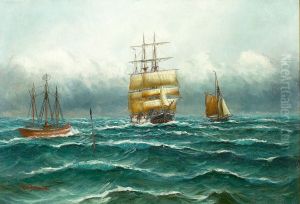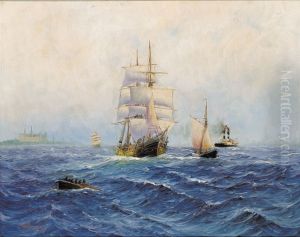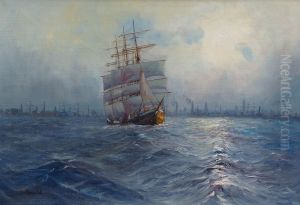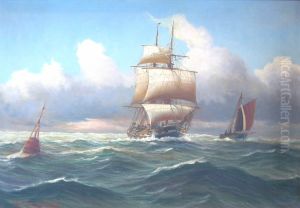Alfred Jensen Paintings
Alfred Jensen was a unique and visionary artist, known for his densely patterned, vividly colored paintings that incorporate systems of knowledge ranging from philosophy to mathematics, ancient cultures, and astronomy. Born on December 11, 1903, in Guatemala City, Guatemala, to Scandinavian parents, Jensen's multinational background and extensive travels would heavily influence his artistic work.
Jensen moved to San Diego, California, with his family at a young age and later studied at the San Diego Fine Arts School. His early career was as a marine painter. He then ventured to Europe in the 1920s, where he continued his artistic education, studying under Hans Hofmann in Munich, Germany. Hofmann's rigorous approach to color and form would leave a lasting impression on Jensen's work.
After spending time in Europe, Jensen returned to the United States in the 1930s. It wasn't until the 1950s and 1960s, however, that his work began to gain significant attention. During this period, Jensen developed his distinctive style characterized by complex grids and an idiosyncratic approach to numbers and systems. His paintings from this era reflected his deep interest in Pythagorean and Mayan calendars, the I Ching, and Goethe's color theories.
Jensen's paintings are typically described as being ahead of their time, often being associated with the Pattern and Decoration movement and sometimes the Conceptual Art movement, although he remained independent of any particular group. The artist's works are seen as a precursor to the more systematic approaches found in Minimalism and as an anticipation of the intense coloration found in Neo-Expressionism.
Despite his innovative approach, Jensen remained relatively under-recognized until the last decade of his life. He continued to produce complex, layered work that sought to uncover the underlying patterns and structures of the universe. Alfred Jensen passed away on April 4, 1981, in Livingston, New Jersey. His legacy is one of an artist who pursued his own path, creating a body of work that continues to engage and challenge viewers with its intricate interplay of color, pattern, and symbolism.
